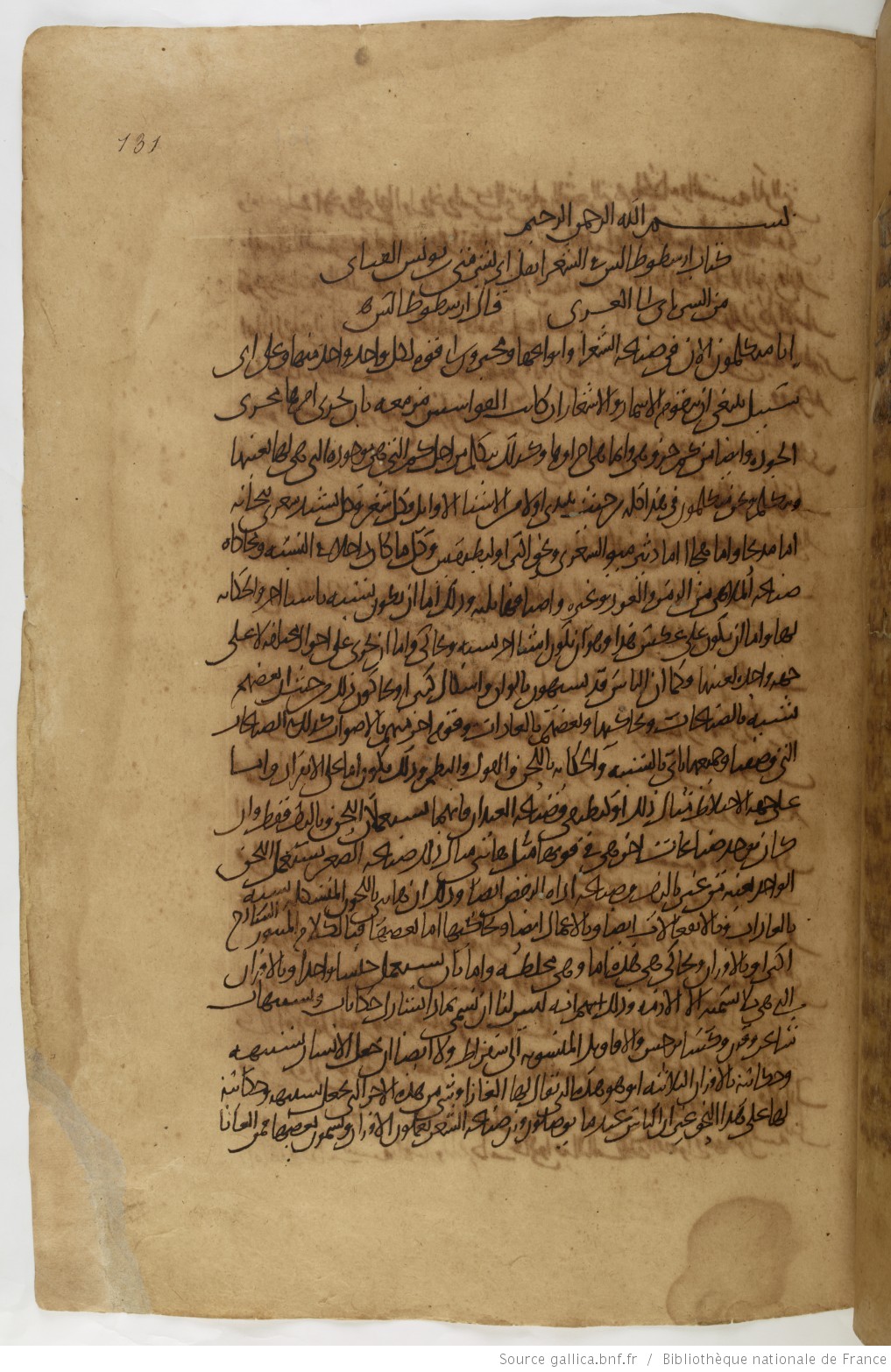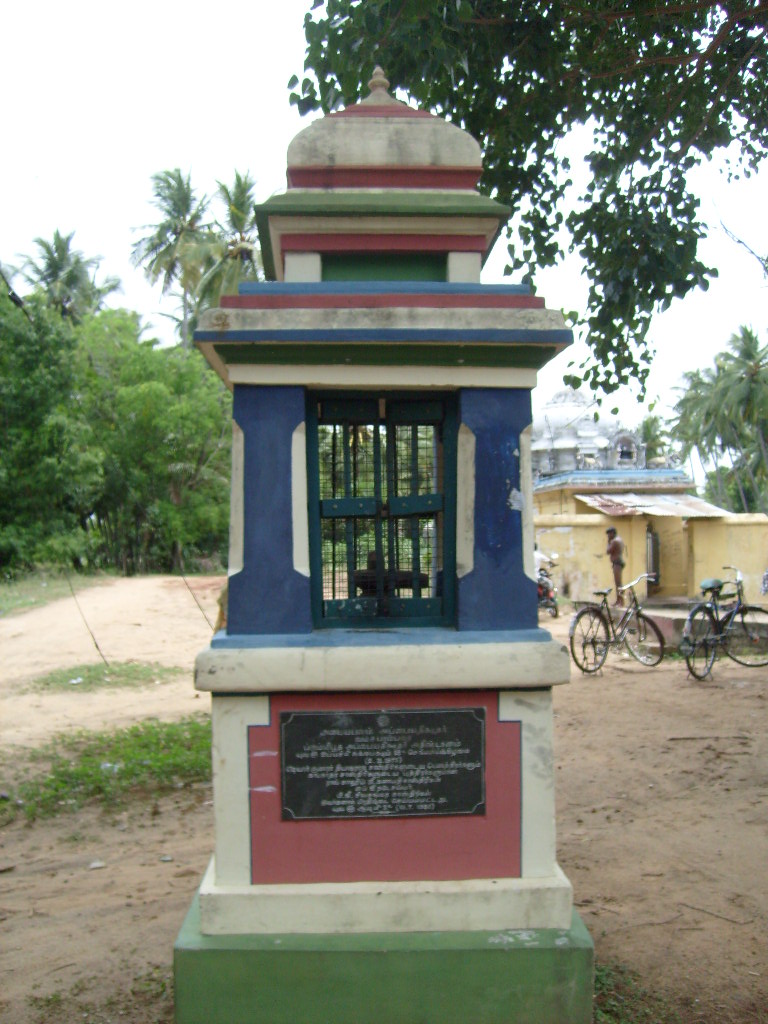|
Kavyadarsa
The Kavyadarsha ( sa, काव्यादर्श, ) by Dandin is the earliest surviving systematic treatment of poetics in Sanskrit. Contents This work is divided into 3 ''pariccheda''s (chapters) in most of the printed editions, except one, where the third chapter of the other editions is further divided into two. Most of the printed editions have 660 verses, except one, which has 663. In ''Kāvyādarśa'', Daṇḍin argued that a poem's beauty derived from its use of rhetorical devices – of which he distinguished thirty-six types. He was the main proponent of ''gunaprasthana'', the view that poetry needed qualities or virtues such as ''shleshha'' (punning), ''prasaada'' (favour), ''samataa'' (sameness), ''maadhurya'' (beauty), ''arthavyakti'' (interpretation), and ''ojah'' (vigour). Poetry consisted in the presence of one of these qualities or a combination of them. Influence The ''Kavyadarsha'' was in ancient times translated into Kannada, Sinhala, Pali, Tamil an ... [...More Info...] [...Related Items...] OR: [Wikipedia] [Google] [Baidu] |
Poetics
Poetics is the theory of structure, form, and discourse within literature, and, in particular, within poetry. History The term ''poetics'' derives from the Ancient Greek ποιητικός ''poietikos'' "pertaining to poetry"; also "creative" and "productive". In the Western world, the development and evolution of poetics featured three artistic movements concerned with poetical composition: (i) the formalist, (2) the objectivist, and (iii) the Aristotelian. (see the '' Poetics''). Aristotle's ''Poetics'' is the first extant philosophical treatise to focus on literary theory. The work was lost to the Western world for a long time. It was available in the Middle Ages and early Renaissance only through a Latin translation of an Arabic commentary written by Averroes and translated by Hermannus Alemannus in 1256. The accurate Greek-Latin translation made by William of Moerbeke in 1278 was virtually ignored. The Arabic translation departed widely in vocabulary from the original ''P ... [...More Info...] [...Related Items...] OR: [Wikipedia] [Google] [Baidu] |
Sanskrit Language
Sanskrit (; attributively , ; nominally , , ) is a classical language belonging to the Indo-Aryan branch of the Indo-European languages. It arose in South Asia after its predecessor languages had diffused there from the northwest in the late Bronze Age. Sanskrit is the sacred language of Hinduism, the language of classical Hindu philosophy, and of historical texts of Buddhism and Jainism. It was a link language in ancient and medieval South Asia, and upon transmission of Hindu and Buddhist culture to Southeast Asia, East Asia and Central Asia in the early medieval era, it became a language of religion and high culture, and of the political elites in some of these regions. As a result, Sanskrit had a lasting impact on the languages of South Asia, Southeast Asia and East Asia, especially in their formal and learned vocabularies. Sanskrit generally connotes several Old Indo-Aryan language varieties. The most archaic of these is the Vedic Sanskrit found in the Rig Veda, a col ... [...More Info...] [...Related Items...] OR: [Wikipedia] [Google] [Baidu] |
Rhetorical Device
In rhetoric, a rhetorical device, persuasive device, or stylistic device is a technique that an author or speaker uses to convey to the listener or reader a meaning with the goal of persuading them towards considering a topic from a perspective, using language designed to encourage or provoke an emotional display of a given perspective or action. Rhetorical devices evoke an emotional response in the audience through use of language, but that is not their primary purpose. Rather, by doing so, they seek to make a position or argument more compelling than it would otherwise be. Modes of persuasion Originating from Aristotle's ''Rhetoric'', the four modes of persuasion in an argument are as follows: ;Logos : is an appeal to logic using intellectual reasoning and argument structure such as giving claims, sound reasons for them, and supporting evidence.Selzer, J. (2004). Rhetorical Analysis: Understanding How Texts Persuade Readers. In C. Bazerman & P. Prior (Eds.), ''What Writing Do ... [...More Info...] [...Related Items...] OR: [Wikipedia] [Google] [Baidu] |
Regulated Verse
Regulated verse – also known as Jintishi () – is a development within Classical Chinese poetry of the ''shi'' main formal type. Regulated verse is one of the most important of all Classical Chinese poetry types. Although often regarded as a Tang Dynasty innovation, the origin of regulated verse within the Classical Chinese poetic tradition is associated with Shen Yue (441–513), based on his "four tones and eight defects" (四聲八病) theory regarding tonality.Watson, 110–112 There are three types of regulated verse: the eight-lined '' lüshi'', the four-lined ''jueju'', and the linked couplets of indeterminate length '' pailu''. All regulated verse forms are rhymed on the even lines, with one rhyme being used throughout the poem. Also, and definitionally, the tonal profile of the poem is controlled (that is, "regulated"). Furthermore, semantic and tonal parallelism is generally required of certain interior couplets. During the Tang Dynasty, the "Shen-Song" team of Shen Quanq ... [...More Info...] [...Related Items...] OR: [Wikipedia] [Google] [Baidu] |
Appayya Dīkṣita
Appayya Dikshita ( IAST ', often "Dikshitar"), 1520–1593 CE, was a performer of yajñas as well as an expositor and practitioner of the Advaita Vedanta school of Hindu philosophy but with a focus on Shiva or Shiva Advaita. Life Appayya Dikshitar was born as Vinayaka Subramanian in Adayapalam, near Arani in the Tiruvannamalai district, in the Krishna Paksha of the Kanya month of Pramateecha Varsha under the Uttara Proushthapada constellation of the Hindu calendar. He belonged to the Vadadesa Vadama subsect . His father’s name was Rangarajadhwari. Appaya had the name Vinayaka Subramanya after the Namakarana or naming ceremony took place. Acharya Dikshitar or Acchan Dikshitar was the younger brother of Appayya. Appayya studied the Hindu scriptures under his Guru, Rama Kavi. He completed the fourteen Vidyas at his young age. Dikshitar travelled widely, entering into philosophical disputations and controversies in many centers of learning. He had the rare good fortune ... [...More Info...] [...Related Items...] OR: [Wikipedia] [Google] [Baidu] |
Bhoja
Bhoja (reigned c. 1010–1055 CE) was an Indian king from the Paramara dynasty. His kingdom was centered around the Malwa region in central India, where his capital Dhara-nagara (modern Dhar) was located. Bhoja fought wars with nearly all his neighbours in attempts to extend his kingdom, with varying degrees of success. At its zenith, his empire extended from Chittor in the north to upper Konkan in the south, and from the Sabarmati River in the west to Vidisha in the east. Because of his patronage to scholars, Bhoja became one of the most celebrated kings in the Indian history. After his death, he came to be featured in several legends as a righteous scholar-king. The body of legends clustered around him is comparable to that of the Emperor Vikramaditya. Bhoja is best known as a patron of arts, literature, and sciences. The establishment of the Bhoj Shala, a centre for Sanskrit studies, is attributed to him. He was a polymath, and several books covering a wide range of top ... [...More Info...] [...Related Items...] OR: [Wikipedia] [Google] [Baidu] |
Sanskrit Poetry
Sanskrit literature broadly comprises all literature in the Sanskrit language. This includes texts composed in the earliest attested descendant of the Proto-Indo-Aryan language known as Vedic Sanskrit, texts in Classical Sanskrit as well as some mixed and non-standard forms of Sanskrit. Literature in the older language begins with the composition of the Ṛg·veda between about 1500 and 1000 BCE, followed by other Vedic works right up to the time of the grammarian Pāṇini around 6th or 4th century BCE (after which Classical Sanskrit texts gradually became the norm). Vedic Sanskrit is the language of the extensive liturgical works of the Vedic religion, while Classical Sanskrit is the language of many of the prominent texts associated with the major Indian religions, especially Hinduism, but also Buddhism, and Jainism. Some Sanskrit Buddhist texts are also composed in a version of Sanskrit often called Buddhist Hybrid Sanskrit or Buddhistic Sanskrit, which contains many ... [...More Info...] [...Related Items...] OR: [Wikipedia] [Google] [Baidu] |
Poetics
Poetics is the theory of structure, form, and discourse within literature, and, in particular, within poetry. History The term ''poetics'' derives from the Ancient Greek ποιητικός ''poietikos'' "pertaining to poetry"; also "creative" and "productive". In the Western world, the development and evolution of poetics featured three artistic movements concerned with poetical composition: (i) the formalist, (2) the objectivist, and (iii) the Aristotelian. (see the '' Poetics''). Aristotle's ''Poetics'' is the first extant philosophical treatise to focus on literary theory. The work was lost to the Western world for a long time. It was available in the Middle Ages and early Renaissance only through a Latin translation of an Arabic commentary written by Averroes and translated by Hermannus Alemannus in 1256. The accurate Greek-Latin translation made by William of Moerbeke in 1278 was virtually ignored. The Arabic translation departed widely in vocabulary from the original ''P ... [...More Info...] [...Related Items...] OR: [Wikipedia] [Google] [Baidu] |




